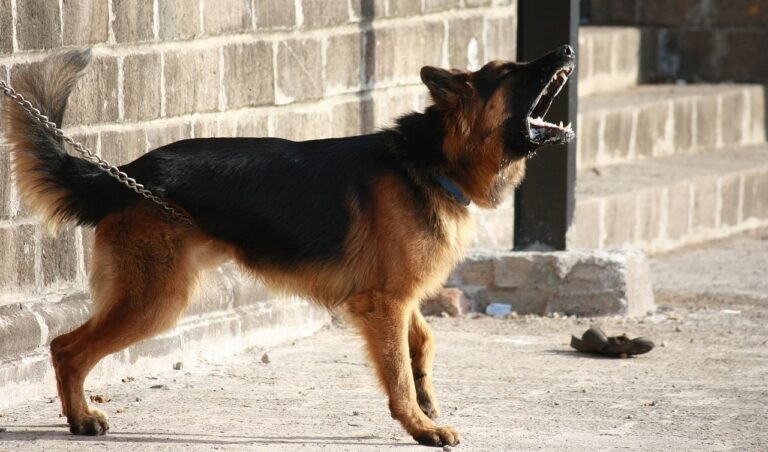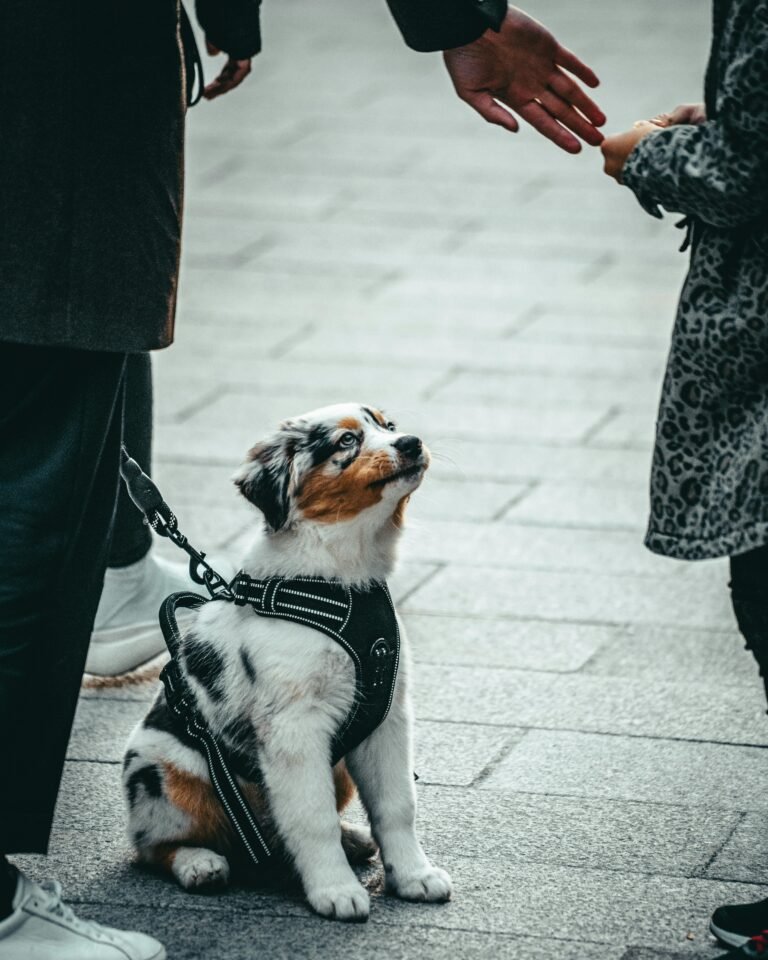Introduction
Some dogs are born bold and curious—others approach the world with caution. Whether your dog is a rescue with a tough past or simply shy by nature, building their confidence is one of the greatest gifts you can give. A confident dog isn’t fearless—they simply trust that they can handle whatever comes their way. With patience, structure, and gentle encouragement, you can help your shy pup blossom into a calm, happy companion who feels safe exploring the world around them.
Understanding Shyness in Dogs
Shyness in dogs often shows up as hesitation, avoidance, or anxiety in new situations. It’s not a character flaw—it’s a coping mechanism. Some dogs are genetically predisposed to cautious behavior, while others develop fear from lack of early socialization or negative experiences. Recognizing the signs of shyness helps you respond appropriately instead of pushing too hard.
Common Signs of a Shy Dog
- Backing away from strangers or new dogs
- Tucked tail or lowered body posture
- Avoiding eye contact
- Freezing, shaking, or hiding behind you
- Reluctance to explore new environments
Understanding these signals allows you to adjust training pace and prevent overwhelming your pup.
Step 1: Create a Safe, Predictable Environment
Confidence starts with feeling secure. Dogs thrive on routine, so establish consistent feeding, walking, and sleeping schedules. Give your dog a quiet retreat—like a crate or designated bed—where they can relax undisturbed. Avoid sudden changes or chaotic environments during the early stages of confidence building.
Step 2: Build Trust Through Positive Associations
Every time your dog faces something new, pair it with something good. If they meet a new person, let that person toss a treat gently their way. If they hear a loud sound, reward them immediately after with calm praise and a snack. Over time, your dog learns that unfamiliar experiences lead to positive outcomes instead of fear.
Step 3: Encourage Exploration at Their Pace
Let your dog take the lead when exploring new spaces. Instead of dragging them forward, stand still, offer encouragement, and reward any forward movement or curiosity. If they sniff something new or take a few brave steps, celebrate it! Each small success builds momentum and self-assurance.
Step 4: Use Confidence-Boosting Games
Interactive games transform training into fun challenges that build courage and independence:
- Treat Trails: Scatter treats around the house or yard to encourage gentle exploration.
- Obstacle Course: Set up pillows, boxes, or tunnels for your dog to navigate—rewarding curiosity and problem-solving.
- Find It Game: Hide treats or toys and let your dog use their nose to search. Success builds excitement and self-confidence.
- Shaping Games: Reward small steps toward new behaviors, like touching an object or stepping onto a new surface.
Step 5: Socialize Slowly and Strategically
For shy dogs, socialization should be about quality, not quantity. Start with calm, well-mannered dogs and people who understand canine body language. Keep sessions short and positive—just being in the same space without pressure to interact is progress. Gradually build to closer interactions over time.
Step 6: Teach Easy Wins Through Training
Training builds communication and confidence. Focus on simple, achievable cues like “sit,” “touch,” and “watch me.” Each success earns praise and treats, reinforcing the idea that they can control outcomes through cooperation. Use gentle tones, short sessions, and high-value rewards to keep it positive.
Step 7: Expose Your Dog to Novel Stimuli
Introduce new experiences in a controlled, low-pressure way. Let your dog walk on different textures (grass, wood, sand), hear new sounds, or explore quiet areas with minimal distractions. Reward curiosity and ignore avoidance—never force interaction. The goal is gradual comfort, not instant bravery.
Step 8: Model Calm Confidence
Dogs are experts at reading energy. If you tense up when your dog is nervous, they’ll mirror that anxiety. Stay relaxed, use slow movements, and speak softly. Your calm demeanor reassures your dog that the situation is safe. Be their anchor—your energy is their compass.
Step 9: Celebrate Every Victory
Confidence building takes time, and progress may seem slow. But even small steps—like sniffing a new object or greeting someone from a distance—deserve celebration. Mark these wins with gentle praise, treats, or a favorite toy. Consistency is key to rewiring how your dog feels about the world.
Step 10: Know When to Get Help
If your dog’s fear seems extreme or doesn’t improve, consider working with a certified behaviorist or positive reinforcement trainer. They can identify triggers, create a desensitization plan, and provide hands-on support. Professional guidance ensures your dog progresses safely and confidently.
Common Mistakes to Avoid
- Forcing exposure: Flooding a shy dog with too much too soon can backfire.
- Punishing fear: Fear-based behaviors aren’t disobedience—punishment increases anxiety.
- Skipping rest: Confidence grows during recovery; balance challenges with downtime.
- Comparing progress: Every dog’s timeline is unique. Focus on their individual journey.
Bonus Tip: Use Empowering Routines
Incorporate confidence exercises into your daily routine:
- Start each day with a simple “touch” or “sit” cue to set a positive tone.
- End play sessions with calm praise and a gentle “settle.”
- Rotate new toys or scents weekly to keep curiosity alive.
- Take micro-adventures—short car rides, new walking routes, or visiting pet-friendly stores.
Why Confidence Building Strengthens Your Bond
When your dog trusts that you’ll protect and guide them, their world expands. Every shared success—whether walking past a stranger or exploring a new park—deepens your relationship. You become their source of safety, not stress, and that emotional foundation transforms your partnership for life.
Conclusion
Helping a shy dog gain confidence isn’t about rushing progress—it’s about celebrating courage in small moments. By creating safe experiences, reinforcing curiosity, and modeling calm leadership, you’ll help your dog replace fear with trust. Over time, your once-timid companion will step into the world with a wagging tail and bright eyes, ready to explore life with you by their side.






